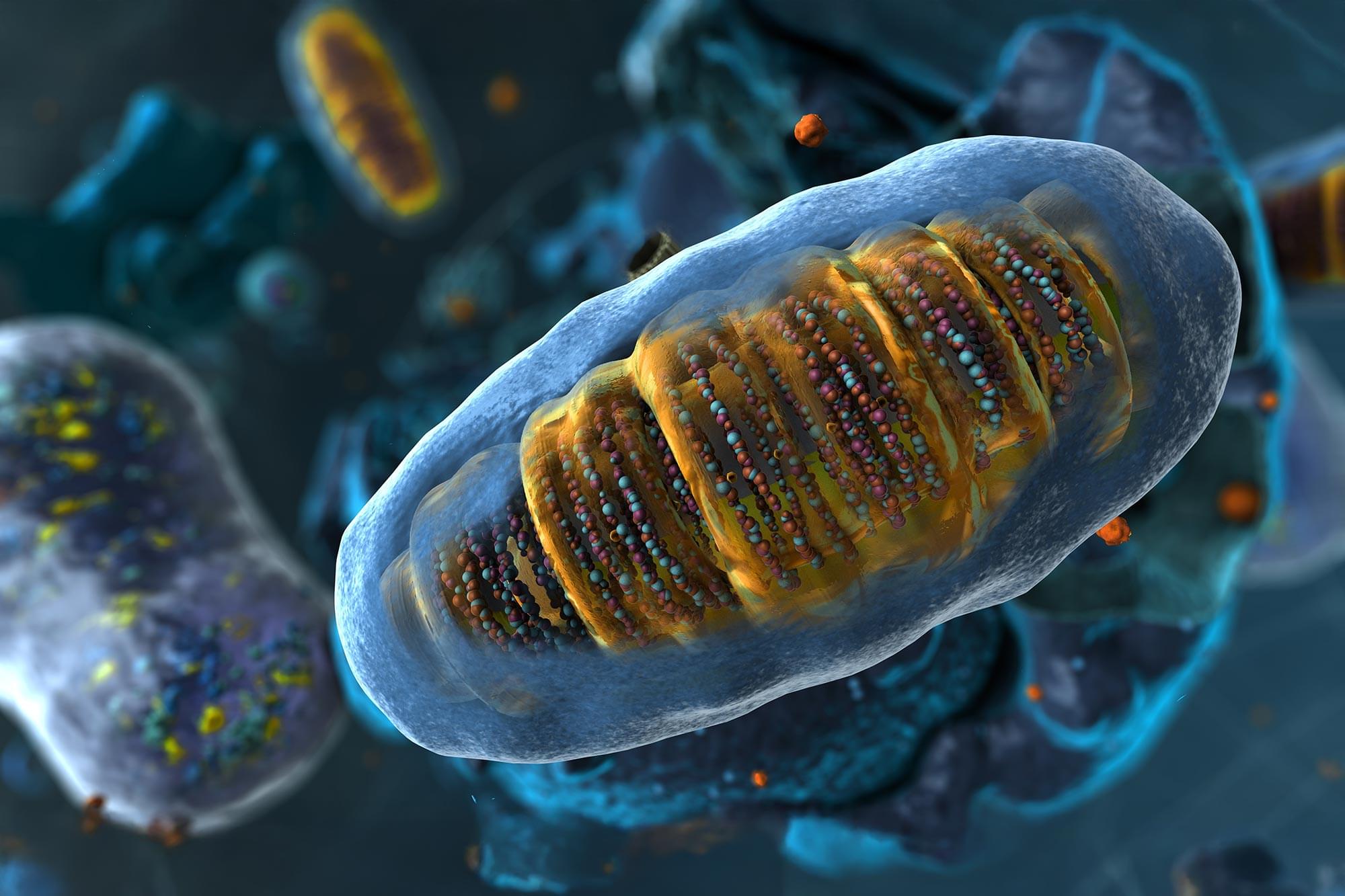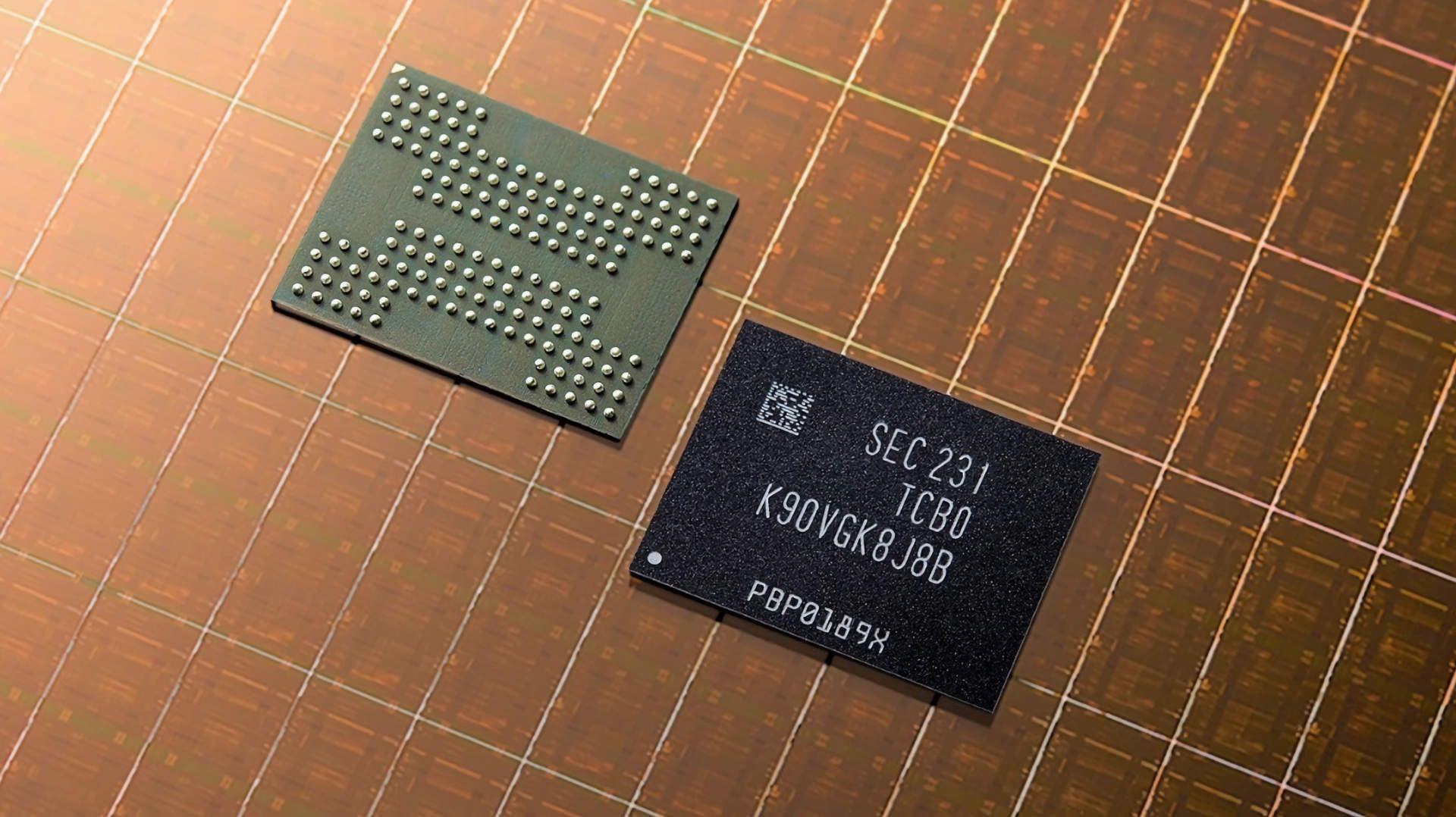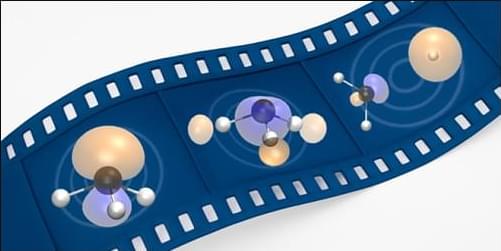Maybe that big flesh pillar’s the result of trying to download more?




Researchers at LMU have uncovered how ribosomes, the cell’s protein builders, also act as early warning sensors when something goes wrong inside a cell.
When protein production is disrupted, and ribosomes begin to collide, a molecule called ZAK detects the pileup and switches on protective stress responses.
Ribosomes as protein builders and stress sensors.
Supports high-speed transfer between USB-A and USB-C devices


The police in Poland arrested three Ukrainian nationals for allegedly attempting to damage IT systems in the country using hacking equipment and for obtaining “computer data of particular importance to national defense.”
The three men, aged between 39 and 43, could not explain why they were carrying the electronic devices. They now face charges of fraud, computer fraud, and possession of devices and software intended for criminal activity.
According to the police, the Ukrainians “were visibly nervous” when officers stopped them and said they were heading to Lithuania while traveling around Europe.
Check out courses in your favorite subjects with Brilliant! Start learning for free at https://brilliant.org/sabine/ and get 20% off a premium subscription, which includes daily unlimited access!
Spintronics is short for “spin electronics,” and refers to the study of the spin of the electron. In electronic devices, spintronics leverages the spin of electrons to process and store data with extreme efficiency – this technology is just a few years from reaching the consumer market, and will make your devices faster and more efficient. For a price, of course. Let’s take a look at how spintronics got here and where it’s going.
👕T-shirts, mugs, posters and more: ➜ https://sabines-store.dashery.com/
💌 Support me on Donorbox ➜ https://donorbox.org/swtg.
👉 Transcript with links to references on Patreon ➜ / sabine.
📝 Transcripts and written news on Substack ➜ https://sciencewtg.substack.com/
📩 Free weekly science newsletter ➜ https://sabinehossenfelder.com/newsle… Audio only podcast ➜ https://open.spotify.com/show/0MkNfXl… 🔗 Join this channel to get access to perks ➜ / @sabinehossenfelder 📚 Buy my book ➜ https://amzn.to/3HSAWJW #science #sciencenews #spintronics #tech #technews #technology.
👂 Audio only podcast ➜ https://open.spotify.com/show/0MkNfXl…
🔗 Join this channel to get access to perks ➜
/ @sabinehossenfelder.
📚 Buy my book ➜ https://amzn.to/3HSAWJW
#science #sciencenews #spintronics #tech #technews #technology


